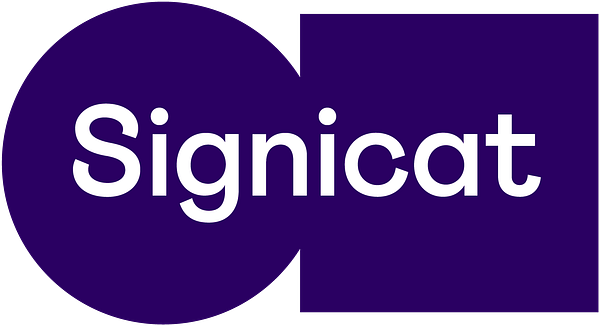
Nyhet -
Even in countries with high digital identity adoption such as Sweden, online financial service applications can still have a high abandonment rate
38% of financial services applications in Europe are abandoned by consumers, despite massive investment in digital transformation, according to research performed on behalf of Signicat.
According to this research, consumers abandon financial service applications because they feel too much information is requested, it takes too much time to complete, or there is a cumbersome manual process of going to a branch or sending in an application via the post. Among consumers, 25% describe financial services applications as somewhere between “difficult” and “painful” to complete yet only 10% of financial service providers see their own onboarding process as “difficult” or “very difficult”. This suggests that financial service providers are still missing the mark and are ‘out of touch’ with what consumers believe is a simple and positive user experience.
Financial service providers are caught in a crossfire when it comes to onboarding new customers however. They must provide a sleek, intuitive user experience while also complying with increasingly stringent Know Your Customer (KYC) and Anti Money Laundering (AML) requirements. To ensure the latter, many providers resort to manual, cumbersome processes, making customers visit a bank’s branch or mail in identity verification documentation, compromising the former.
Even in countries with high digital identity adoption rates such as Sweden, there are challenges to onboarding. Signicat’s Battle to Onboard III research (surveying 3500 individuals across Europe – including 500 in Sweden), revealed that 27% of respondents in Sweden found that financial service applications can take as long as 20 minutes to complete – far longer than consumers are willing to tolerate. When asked what was the most frustrating when applying for a bank account, the time it took to fill the forms was cited the most. This was closely followed by the amount of personal information required for onboarding, to having to provide personal information by post or having to take it to a physical branch. In an age where we can control our cars through our smartphones and Facebook can recognizes our faces in friends’ photos, consumers are getting impatient and expecting an onboarding experience as frictionless as a social media log-in.
Reusable digital identities can reduce the pain of onboarding a customer by dramatically speeding up the process and banks are viewed as the most trusted institution to provide and manage digital identities. According to the research, 55% of respondents in Sweden trusted banks over government to manage this. Using a pre-existing verified digital identity was overwhelmingly (67%) suggested as the easiest way for consumers in Sweden to sign up for a new account in banks, compared to identity document scanning, taking selfies with smartphones or web-based interviews- onboarding processes that currently exist.
Winners in the financial customer acquisition race have something in common: they consider a seamless digital onboarding experience which sets the precedent for improved customer engagement. The winners also understand the crucial role digital identity plays in getting onboarding right. In the age of digital-only banks, a frictionless digital onboarding experience is no longer a competitive advantage – it’s imperative.
Born from the most advanced digital identity market in the world, Signicat is a recognised leader in one of the most exciting and fastest-growing technology areas globally and is strengthening its position in the Nordics and broader international markets, speaking on the Battle to Onboard at Stockholm Fintech Week this week.
